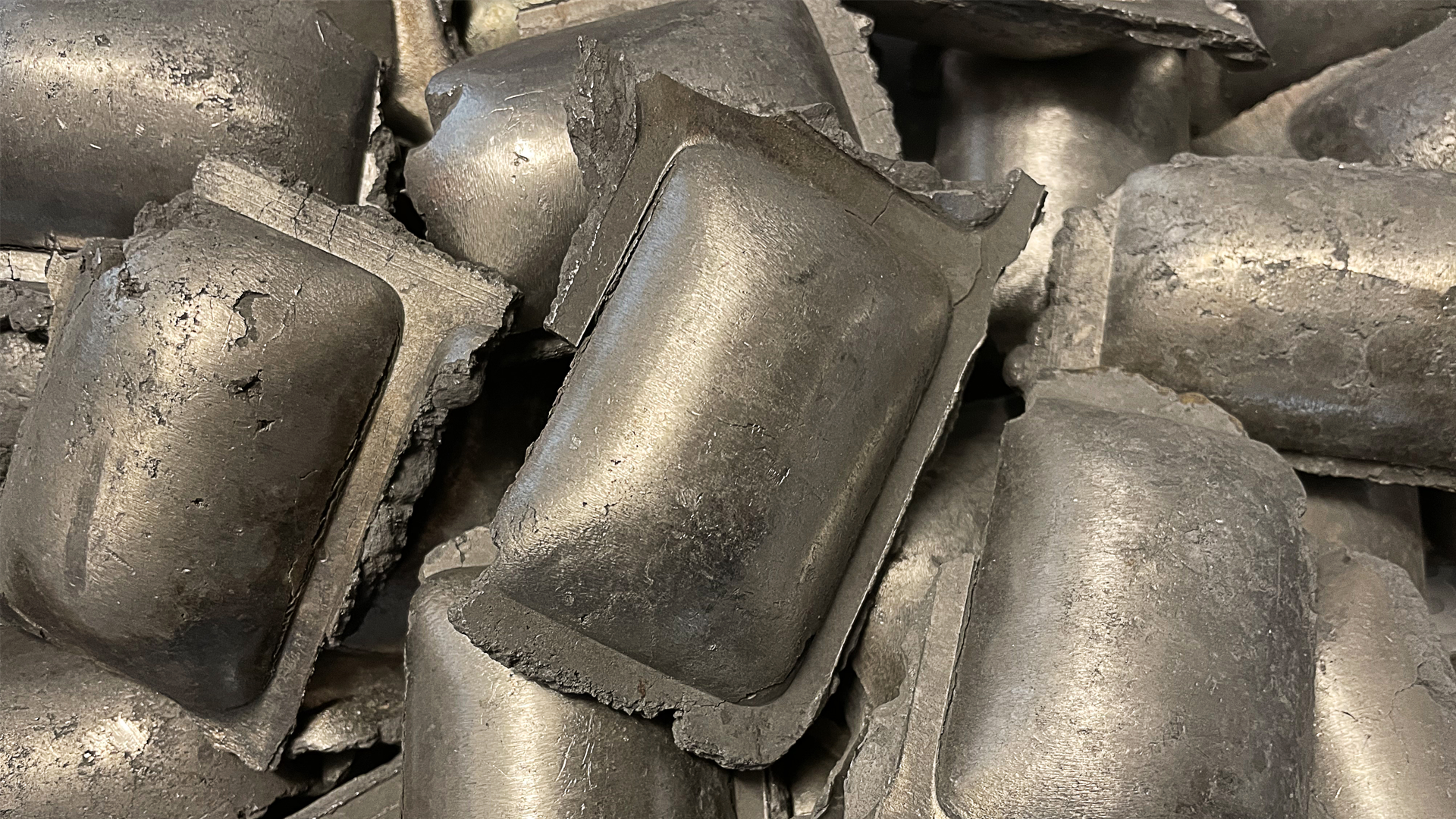How can you make your business more profitable?
The transport industry is developing at a rapid pace and the task at hand is to implement the latest technical solutions in an effort to optimise performance, working environment and the green transition.
SAVE TIME AND MONEY
At VBG, we have an offering for the future – a technical solution that provides a whole host of advantages and opportunities. The MFC coupling (Multi Function Coupling) is an example of tomorrow’s technology and the coupling of the future.
With an MFC coupling, the driver can operate the trailer from the cab – at the touch of a button, all connections between the truck and the trailer are connected or disconnected (electricity, air and hydraulics), and then the trailer itself is decoupled or coupled. The MFC coupling means that there’s no need for the driver to keep leaving the cab, creating a better working environment – especially when the truck and trailer are coupled and decoupled in an environment with a lot of traffic.
The MFC coupling ensures rapid and functional coupling and decoupling, reducing idling time and thus unnecessary fuel consumption and CO2 emissions. But how much time can you save per day? A typical example provides a basic idea: If you have three vehicles that you couple and decouple five times a day, after just one year – all things being equal – you will have saved over SEK 60,000 on working time and fuel costs alone.
WHAT DOES THE Fleet managers THINK?
The MFC is currently used on several vehicle types, including trucks and trailers with a lift and container, for distribution and on road trains with a tipper function.
With an MFC, the driver can e.g. tip the trailer, decouple the trailer from the truck, walk around and empty the truck and then recouple the trailer, which in the meantime has been emptied of its cargo. Or as haulier Jørgen Kristensen puts it:
“We currently have two trucks equipped with an MFC and we’re happy with the solution. We have to carry out a lot of coupling and decoupling operations, but have never worked out how big the saving is in purely monetary terms. But this much we do know: you save time with an MFC. And you get a more comfortable driving experience, because there’s nothing that can come between the truck and the trailer – it’s like driving a semi-trailer.”
Haulier Jørgen Kristensen has been using the MFC coupling since 2010 for driving with trailers and transporting grain and animal feed.
The MFC coupling can also be used on 25.25 m long road trains. Haulage company owner Villy Jørgensen – better known as Fredebo Transport – is an example of this:
“We have to do 10 coupling and decoupling operations every day, sometimes more. We drive from South Jutland to Copenhagen and unload and load several times on the road before we drive back.”
When asked if he has been able to take advantage of the time saved using the MFC coupling, Villy’s response is this:
“Definitely, it gives us a different driving pattern. Now we already have the trailer with us and there’s no need to drive back and collect it. It frees up time for loading and unloading cargo. At first, we were worried that we needed to put the support leg on the dolly. But we never do that. It’s only if we set it up solo.”
When asked if the MFC has fulfilled his expectations, this is his answer:
“I should say so. As far as I’m concerned, it’s been a good investment. When you hear what it costs, you think it’s a lot of money. But everyday life becomes so much easier."
Fredebo Transport has been driving 25.25 m long road trains since 2015 and uses the MFC coupling in the truck-dolly combination for distribution.
The MFC is now available for several different types of chassis and vehicle combinations, as well as with or without hydraulics. It is also characterised by the fact that the coupling is supplied as a system solution consisting of coupling, endplate set, tow wedge and drawbar.
Recommended reading

Efficiency, Safety, and Sustainable Transport – Top 5 Articles and Insights of 2024

Transport Industry 2024: Great Progress Towards a Sustainable Future

